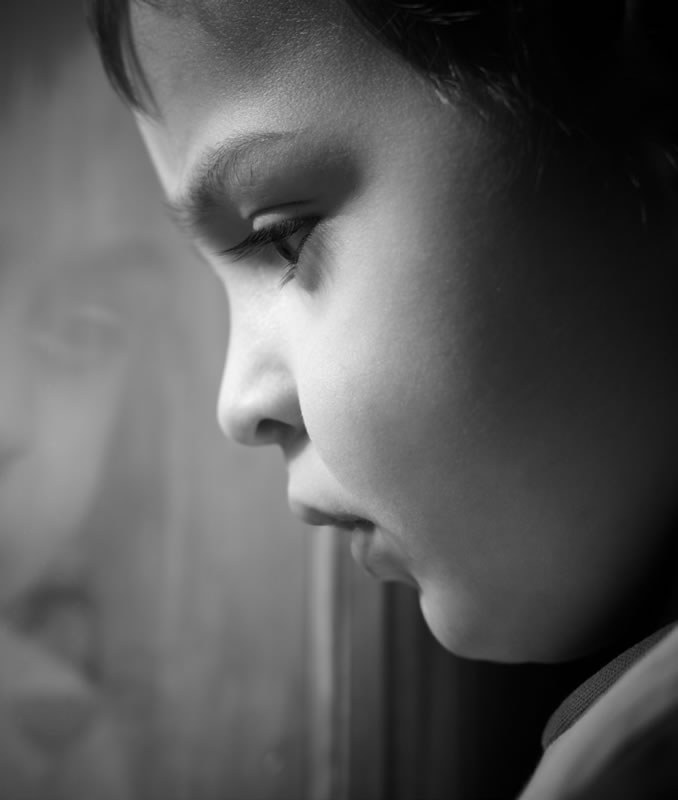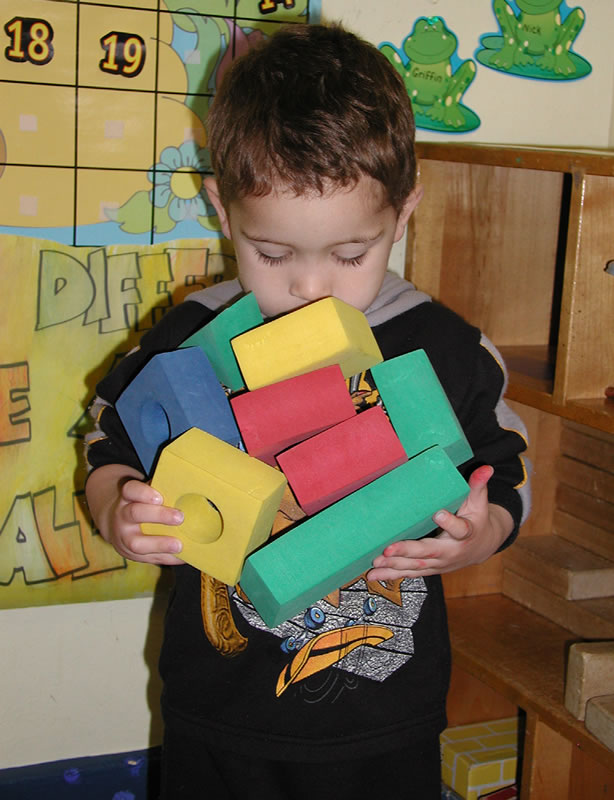Strategies to help children learn how to work out and express anger in an appropriate manner. It’s normal for children and adults to have angry feelings at times. Karen may get angry at Lydia for coloring on her paper. Joel becomes angry when Kyle takes the blocks away.

Everyone gets angry at times
It's normal for children and adults to have angry feelings at times. Karen may get angry at Lydia for coloring on her paper. Joel becomes angry when Kyle takes the blocks away. It isn't much fun to be around an angry person. Many adults have learned to ignore their angry feelings, and some, unfortunately, may let them out in a hurtful way by hitting or yelling at others.
Adults often tell children to stop being angry or they move them away from other children, hoping the angry child will learn to behave better. These actions don't help children learn how to handle their anger. Children need to learn that everyone feels angry at times, but hitting, kicking, or biting someone when they are angry is not okay.
Ways to help angry children
There are a number of ways to work out anger. Give children several choices so they can pick the ones that will work best for them.
Talk with children about how they feel.
You can say to a child, "You seem angry to me. What's going on?" Or "It really makes you mad when someone takes your toys."
Set a good example for children
The children will be able to tell when you're angry. Use this time to talk about your feelings. Explain to them why you're feeling angry. "I don't like hitting because hitting hurts." Make sure the children understand that you are angry at what's happening or at their behavior, not at them. Avoid saying things like, "I don't like you because you hit children" or "I don't like children who hit."
Let the child know it's okay to be angry, but it isn't okay to hurt someone.
Tell the child, "Sam, I understand you're angry right now, but I can't let you hurt yourself or other children."
Help children say what they are feeling
Children often need help with the words to say. You can help by saying, "Jacob, tell Angela you don't like it when she colors on your paper," or "Cameron, tell Olivia you are playing with that car. She may not take it from you."
Try some calming activities
Physical activities can help work out angry feelings to calm a child.
Suggest the child try these
- Dancing (a "mad dance")
- Exercising
- Stomping feet
- Playing with clay or dough that can be pounded, twisted, and pulled
- Playing with water or sand
- Finger painting
- Going outside for a walk or run
- Scribbling as hard as possible on a piece of paper that can be thrown away along with the anger
Take a look at your child care space
 Are there some problem areas that cause children to get angry?
Are there some problem areas that cause children to get angry?
Do children have enough space to play or do they feel crowded?
Are there enough toys or do you need to get more of some favorite toys so children don't fight over them?
Do children go outside to play every day, except in extreme weather?
Do you expect children to sit quietly for a long time?
With your help, the children in your care will learn that it's all right to have angry feelings, and they'll learn some ways to show those feelings without hurting others.
Tips 3-10

